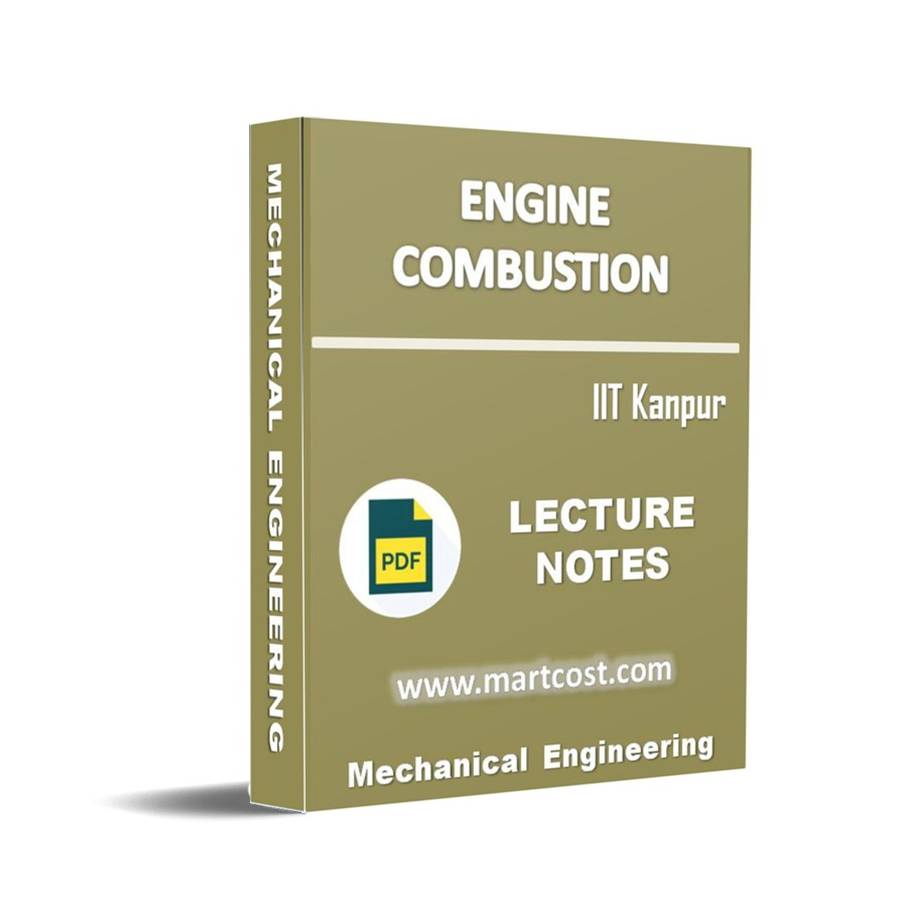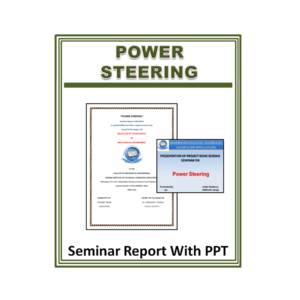Description
Name of Notes : – Engine Combustion Lecture Note
Introduction
Internal-combustion engine, any of a group of devices in which the reactants of combustion (oxidizer and fuel) and the products of combustion serve as the working fluids of the engine. Such an engine gains its energy from heat released during the combustion of the nonreacted working fluids, the oxidizer-fuel mixture. This process occurs within the engine and is part of the thermodynamic cycle of the device. Useful work generated by an internal-combustion (IC) engine results from the hot gaseous products of combustion acting on moving surfaces of the engine, such as the face of a piston, a turbine blade, or a nozzle.
Internal-combustion engines are the most broadly applied and widely used power-generating devices currently in existence. Examples include gasoline engines, diesel engines, gas-turbine engines, and rocket-propulsion systems.
Internal-combustion engines are divided into two groups: continuous-combustion engines and intermittent-combustion engines. The continuous-combustion engine is characterized by a steady flow of fuel and oxidizer into the engine. A stable flame is maintained within the engine (e.g., jet engine). The intermittent-combustion engine is characterized by periodic ignition of air and fuel and is commonly referred to as a reciprocating engine. Discrete volumes of air and fuel are processed in a cyclic manner. Gasoline piston engines and diesel engines are examples of this second group.
- An Overview of Engine Emissions and Air Pollution and Emissions
- Genesis and Mechanism of Formation of Engine Emissions
- Influence of Engine Design and Operating Parameters on Emissions
- Vehicle Emission Standards and Measurement
- Emission Control for SI Engines
- Emission Control for CI Engines
- Advanced Combustion Systems and Alternative Power plants
- Engine Fuels and Their Effects on Emissions






Reviews
There are no reviews yet